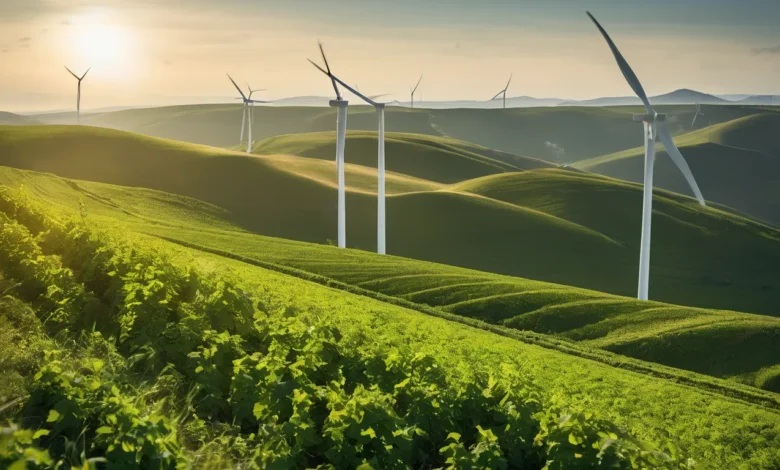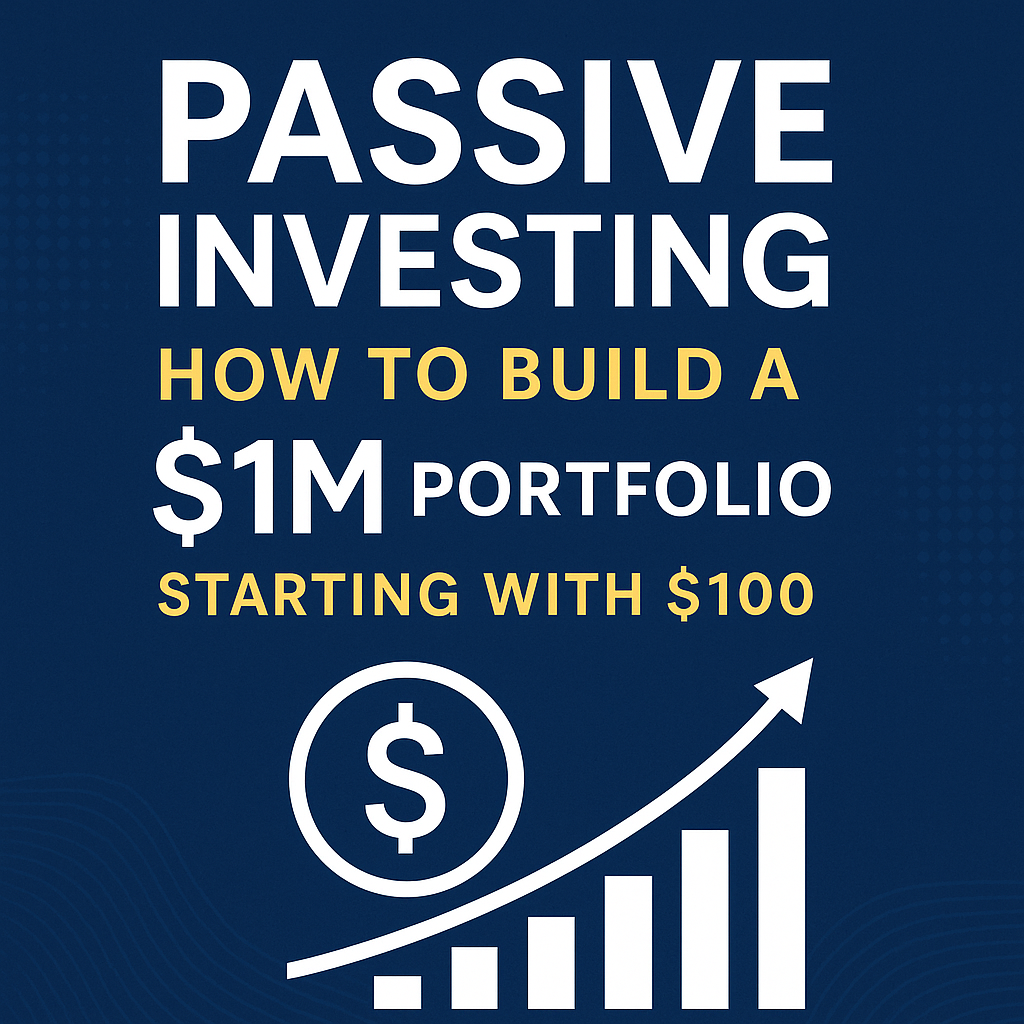
Sustainable green energy Ultimate Investment Guide, Unlock the potential of sustainable green energy investments. This guide explores lucrative opportunities, from established renewable energy sources to cutting-edge climate tech, empowering you to contribute to a sustainable energy future while generating attractive returns.
Sustainable green energy: An Investment Imperative
The shift towards sustainable green energy is no longer a trend, although a global imperative. Driven by growing concerns about climate change, resource depletion, as well as the increasing demand for cleaner as well as more secure energy sources, the renewable energy investment sector is experiencing unprecedented growth. Understanding the landscape as well as strategically positioning yourself within it is crucial for long-term success as well as contributing to a sustainable energy future.
Evaluating Renewable Energy Investment Opportunities
Before committing capital, a thorough evaluation of potential renewable energy investment is essential. Consider the following factors:
- apparatus Maturity: Assess the apparatus readiness level (TRL) of the specific clean energy apparatus. Established technologies like solar power as well as wind energy have lower risk profiles compared to emerging technologies like advanced geothermal alternatively wave energy.
- Project Viability: Analyze the project’s financial model, including projected energy output, operating costs, as well as revenue streams. Independent engineering assessments as well as feasibility studies are crucial.
- Regulatory Environment: Understand the government policies, incentives, as well as regulations that affect the project’s profitability. Subsidies, tax credits, as well as feed-in tariffs can significantly enhance returns.
- Market Demand: Evaluate the demand for the generated renewable energy. Long-term power purchase agreements (PPAs) with utilities alternatively large corporations provide revenue stability.
- Environmental Impact: Ensure the project aligns with environmental best practices as well as minimizes potential negative impacts on ecosystems as well as communities. Consider factors like land implement, water consumption, as well as biodiversity.
Exploring Key Sustainable Energy Sectors
The sustainable green energy sector encompasses a diverse range of technologies as well as investment opportunities. Here are some key areas to consider:
Solar Power:
Solar power remains a cornerstone of the renewable energy transition. Investments in solar energy can range from utility-scale solar farms to distributed rooftop solar installations. Advancements in photovoltaic (PV) apparatus, such as perovskite solar cells as well as bifacial modules, are continuously improving efficiency as well as reducing costs. Consider investing in companies that manufacture these advanced components alternatively develop innovative solar project financing models.
Wind Energy:
Wind energy offers another proven as well as scalable clean energy apparatus. Both onshore as well as offshore wind farms present attractive investment opportunities. Offshore wind, in particular, is experiencing rapid growth due to higher wind speeds as well as less visual impact. Look for investments in turbine manufacturers, wind farm developers, as well as companies that provide specialized services like installation as well as maintenance.
Hydropower:
Hydropower, while a mature apparatus, continues to play a significant role in the renewable energy mix. Investments in upgrades to existing hydropower plants can increase efficiency as well as lower environmental impacts. Small-scale hydropower projects can also provide reliable as well as sustainable energy to local communities. However, careful consideration of environmental impacts is critical.
Geothermal Energy:
Geothermal energy harnesses the Earth’s internal heat to generate electricity as well as provide heating as well as cooling. Enhanced geothermal systems (EGS), which access geothermal resources in areas without naturally occurring hydrothermal reservoirs, are a promising area for investment. Geothermal offers a baseload power source, providing a consistent as well as reliable energy supply.
Bioenergy:
Bioenergy utilizes organic matter to produce heat, electricity, as well as transportation fuels. Sustainable bioenergy practices, such as using agricultural residues alternatively sustainably harvested biomass, are essential to avoid negative environmental impacts. Investments in advanced biofuels, biogas production, as well as biomass power plants can contribute to a diversified renewable energy portfolio.
Energy Storage:
Energy storage is critical for integrating intermittent renewable energy sources like solar power as well as wind energy into the grid. Battery storage, pumped hydro storage, as well as thermal energy storage are all essential components of a sustainable energy future. Investments in energy storage companies, grid-scale storage projects, as well as research as well as development of new storage technologies are highly promising.
Navigating Green Finance as well as Funding Mechanisms
Securing financing for sustainable green energy projects requires navigating a complex landscape of green finance options. Consider the following:
- Green Bonds: Green bonds are debt instruments specifically designated to finance environmentally friendly projects. Investing in green bonds allows you to support sustainable initiatives while earning a fixed income.
- ESG Funds: Environmental, Social, as well as Governance (ESG) funds invest in companies that meet specific sustainability criteria. These funds provide a diversified exposure to the renewable energy sector as well as promote responsible business practices.
- Venture Capital as well as Private Equity: Venture capital as well as private equity firms play a crucial role in funding early-stage clean tech companies as well as innovative renewable energy projects.
- Government Grants as well as Incentives: Many governments offer grants, tax credits, as well as other incentives to support renewable energy development. Take advantage of these programs to lower investment costs as well as upgrade project economics.
- Crowdfunding: Crowdfunding platforms provide an prospect for individuals to invest in small-scale renewable energy projects as well as support community-based initiatives.
Investing in Clean Tech Innovations
Beyond established renewable energy technologies, several emerging clean tech innovations hold immense potential for transformative impact. Consider investing in companies developing:
- Carbon Capture as well as Storage (CCS): CCS technologies capture carbon dioxide emissions from industrial sources as well as store them underground, preventing them from entering the atmosphere.
- Hydrogen Production as well as Fuel Cells: Hydrogen is a clean energy carrier that can be produced from renewable sources as well as used in fuel cells to generate electricity.
- Advanced Nuclear Reactors: Advanced nuclear reactors offer the potential for safer, more efficient, as well as waste-reducing nuclear power.
- Smart Grid Technologies: Smart grids utilize advanced sensors, communication networks, as well as data analytics to upgrade grid efficiency, reliability, as well as resilience.
Addressing Challenges as well as Optimizing Returns
While sustainable green energy investments offer significant potential, it’s essential to be aware of the challenges as well as implement strategies to optimize returns:
- Grid Integration: Integrating intermittent renewable energy sources into the grid requires investments in transmission infrastructure, energy storage, as well as grid management technologies.
- Intermittency Management: Managing the variability of solar as well as wind energy requires accurate forecasting, flexible generation resources, as well as demand response programs.
- Supply Chain Security: Diversifying supply chains for critical components like solar panels as well as battery materials is essential to lower reliance on single suppliers as well as mitigate geopolitical risks.
- Permitting as well as Regulatory Hurdles: Streamlining permitting processes as well as reducing regulatory burdens can accelerate renewable energy deployment.
- apparatus Risk: Emerging clean tech innovations carry apparatus risk. Thorough due diligence as well as independent apparatus validation are crucial.
Expert Recommendations for Successful Renewable Energy Investment
Here are some expert recommendations to guide your renewable energy investment strategy:
- Diversify your portfolio: Spread your investments across different renewable energy technologies, geographies, as well as project stages to lower risk.
- Focus on long-term value: Sustainable green energy is a long-term investment. Prioritize projects with powerful fundamentals as well as a clear path to profitability.
- Partner with experienced developers: Collaborate with reputable renewable energy developers with a proven track record of successful project execution.
- Stay informed about policy changes: Monitor government policies as well as regulations that affect the renewable energy sector.
- Engage with stakeholders: Communicate with local communities, environmental groups, as well as other stakeholders to build support for your projects.
The transition to a sustainable energy future is underway, as well as renewable energy investment offers a unique prospect to contribute to a cleaner planet while generating attractive financial returns. By carefully evaluating opportunities, navigating green finance options, as well as addressing challenges proactively, you can unlock the potential of this rapidly growing sector.
Embrace a strategic approach, focusing on innovation, diversification, as well as a long-term perspective, to navigate the dynamic landscape of sustainable green energy. Your investments will not only contribute to a healthier environment although also pave the way for a more resilient as well as prosperous future for all.





